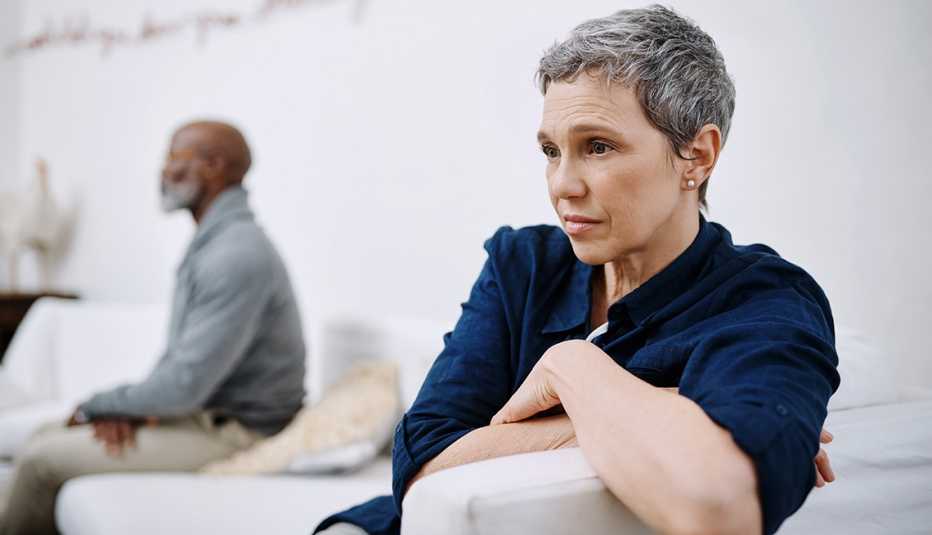Staying Fit


Don became much quieter around his family members and friends after he was diagnosed with metastatic colon cancer. The son of Irish immigrants, he'd grown up among relatives who'd avoided talking about upsetting subjects and he had learned to withdraw to protect others from his troubles. During the months of chemotherapy that followed, he never mentioned his cancer, moped or complained.
Stacey, his life partner and primary caregiver, felt a greater need to talk. She grew up in a traditional Italian American family that vented frequently (and often vociferously) about anything that bothered them. As Don went stoically silent, Stacey filled the void with frequent nervous exclamations. She was frantic about his cancer and yearned for greater emotional connection with him. But the more she talked about her concerns, the more he withdrew. The more he withdrew, the more shut out and alone she felt. Rather than rallying together during this medical crisis, their different styles of emotional expression were driving them further apart.


AARP Membership— $12 for your first year when you sign up for Automatic Renewal
Get instant access to members-only products and hundreds of discounts, a free second membership, and a subscription to AARP the Magazine.
Cultural stereotypes are merely that — sweeping generalizations to characterize the differences in outlooks and behaviors among different racial and ethnic groups. If taken too literally and applied without caution to any one individual, though, they can become the basis for prejudice and discrimination.
Yet social scientists have long studied how cultural factors influence — to some degree, at least — how we react to the world and relate to one another. For example, some researchers have suggested that European cultures generally promote more animated emotional expression than do Asian cultures. A recent meta-analysis published in the academic journal The Gerontologist, suggests that African Americans caring for family members with dementia have better psychological well-being, and Latino dementia caregivers worse physical well-being, than white dementia caregivers.
We should never see others strictly through the lens of cultural stereotypes. But having greater awareness of how varying cultural influences can impact caregiving family members may prevent misunderstanding and conflict. How can we use cultural awareness to create more harmonious caregiving teams? Here are some ideas:
Know thyself
For love of genealogy (our country's second favorite hobby after gardening, according to ABC News), many of us have investigated and revel in our family stories of coming to America and putting down roots here. But fewer of us consider what our families brought from the old countries and passed down to us besides foods, customs and perhaps superstitions. Culture affects whether we are optimistic or pessimistic, our emotional styles, the structures of our families, how invested we may be in caring for our elders, and even if we are strict or lenient with our kids. It is important for each of us to think about how our cultural backgrounds influence our expectations and behaviors as family caregivers. This is especially true during highly stressful times when we are apt to rely subconsciously on those attitudes and tendencies we absorbed early in life from our parents.

































































More From AARP
How to Keep Going When Your Beloved Is Gone
The man whose wife wrote 'You May Want to Marry My Husband' says to talk about your wishesCaregivers Share How They Deal With Sibling Rivalry
Talking about issues early and often can keep problems at bay